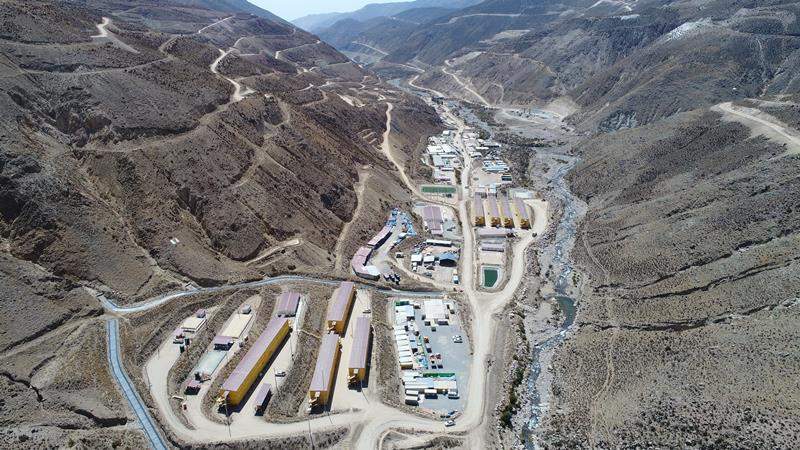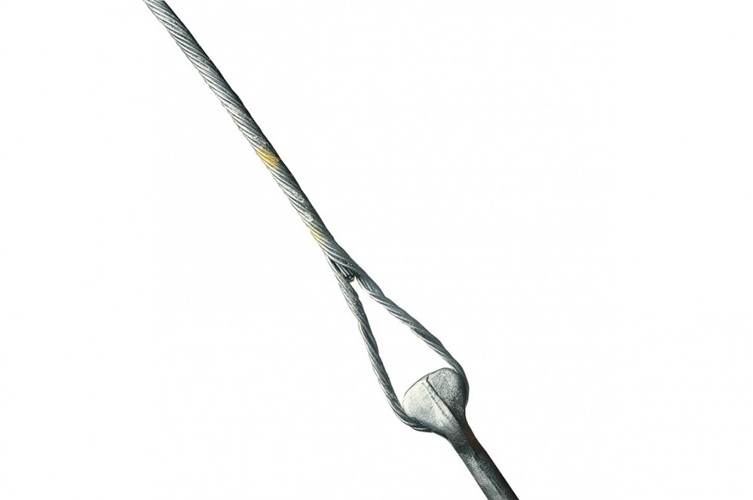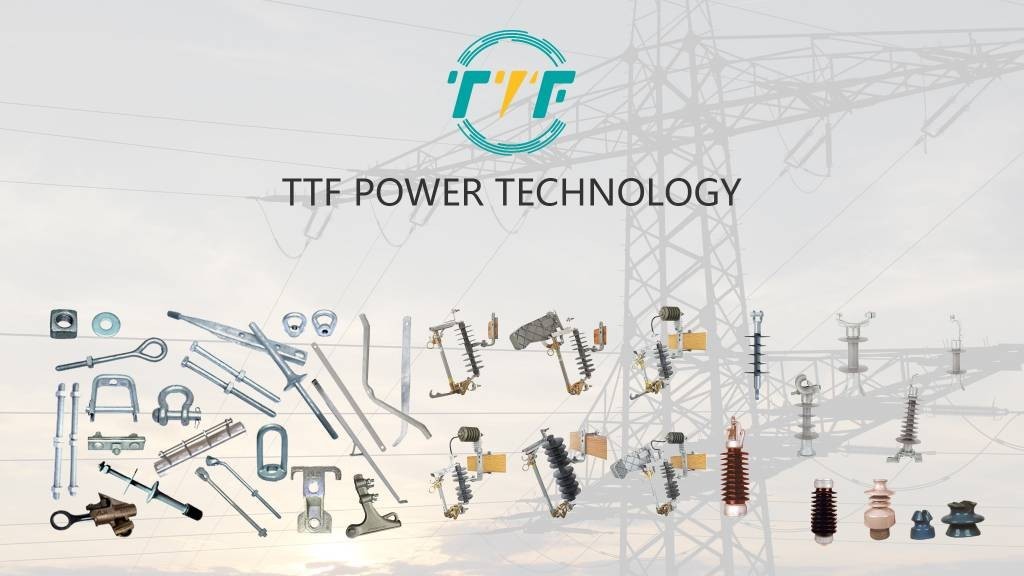
Copper mining in Peru is a cornerstone of its economy and a critical metal in the global energy transition. Copper is a crucial metal in renewable energy, electric vehicles, and power infrastructure. Peru has vast reserves, favorable geology, and major mining investments that make it a key player in copper production. Common copper mines in Peru include the Antamina, Cerro Verde, Las Bambas, Quellaveco, and Southern Copper. These copper mines use various extraction methods including open-pit mining, underground mining, and processing. Energy industries depend on Peruvian copper for battery supply chains, hydrogen economy, and energy efficiency. Due to this, Peru aims to increase production to 3 million tons a year. However, mining companies must adopt sustainable water use, decarbonization for electric trucks and renewable-powered mines. Guy deadends play a crucial role in stabilizing overhead power lines and transmission towers transporting power to the mining infrastructure.
High-quality guy deadends are crucial in ensuring reliable power supply to mining operations, processing plants, and surrounding energy grids. Copper mines need high-voltage power lines to operate heavy machinery, crushers, and processing plants. Guy deadends anchor transmission towers and poles to prevent them from collapsing under tension. They also prevent line sagging or tower failure to reduce blackout risks. The deadends provide lateral and longitudinal stability to power structures. This is crucial in mines in regions that face earthquakes, heavy rains, and strong winds. With the transition to renewable energy, guy deadends secure wind turbine guy wires and solar farm transmission lines to ensure stable clean energy supply. They also serve in conveyor systems, lightning masts, and communication towers within mines. The deadends help maintain structural integrity in steep or unstable terrain in Peru.
Guy deadends in Peru’s copper mining infrastructure
Guy deadends are crucial hardware components used in overhead utility and support systems. They provide secure terminations for guy wires that stabilize poles, towers, and other structures. Guy deadends play a crucial role in maintaining the reliability and safety of mining infrastructure. They ensure that operations in remote, high-risk, and high-altitude environments remain safe, stable, and efficient. Here are the functions of guy deadends in Peru’s mining infrastructure.

- Structural stabilization of utility poles and towers – overhead power lines serve in remote mining areas to deliver electricity to processing plants, camps, and heavy equipment. Guy deadends anchor guy wires that balance wind loads, line tension, and seismic forces on utility poles.
- Supporting electrical infrastructure for mines – most copper mines operate in isolated zones with self-contained power systems. They often combine diesel generation, renewables, and grid power. guy deadends help secure transmission and distribution lines over long distances across mountainous terrain.
- Communication and monitoring systems – guyed masts and poles support radio, telemetry, and wireless internet systems in remote mine sites. Guy deadends ensure the support structure remain upright and aligned.
- Performance in harsh environmental conditions – guy deadends are often galvanized to resist dust and maintain tension over time. Proper installation and maintenance are key to preventing failures that could disrupt operations.
- Temporary and permanent installations – temporary towers and lightning masts may need stabilization by guy wires and deadends.
Impacts of copper mining in Peru’s mining sector
Copper mining in Peru has significant impacts on Peru’s energy sector, shaping the demand and supply. It is also crucial in influencing the transition to a cleaner and more resilient energy system. Copper mining stimulates energy infrastructure and renewable integration while increasing load pressure and environmental complexity. It is crucial to balance growth with decarbonization, efficiency, and community inclusion. The following are the impacts of copper mining in Peru’s energy sector.

- High efficiency demand from mining operations – copper mining is among the most energy-intensive industrial activities in Peru. The mining sector accounts for 10% of the total electricity consumption.
- Driving electricity infrastructure expansion – extensive transmission lines and substations have been developed to meet mining energy needs. The investments help expand the national electrical grid into the rural and mountainous regions. It also puts pressure on national generation capacity and grid stability.
- Renewables in mining – copper mines in Peru are increasingly using renewable energy due to increased electricity costs. There is the use of hybrid energy systems that combine solar or wind with battery storage and grid diesel backup. This is also crucial in reducing greenhouse gas emissions and improving energy security.
- Energy transition – copper is crucial in the global energy transition as it serves in solar panels, wind turbines, EVs, and energy storage.
